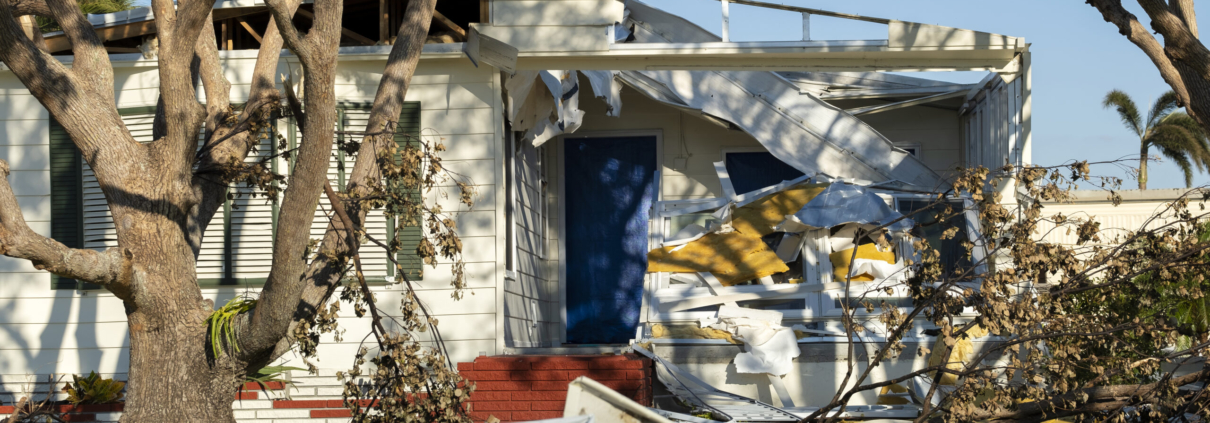STORM DAMAGE? HERE’S WHAT TO DO NEXT
In the aftermath of a storm, you might find yourself staring at the damage to your home with a heavy heart and the big question: What now? Tackling storm damage can seem overwhelming, but with a clear, step-by-step approach, you can navigate this challenging time effectively. Here’s how to get started.
**Step 1: Prioritize Safety**
First and foremost, ensure that it’s safe to inspect your home. Avoid any areas where power lines are down, there’s standing water, or structural damage is apparent. If you suspect any gas leaks or smell gas, leave immediately and call your utility company.
**Step 2: Document the Damage**
Begin by taking detailed pictures and videos of all the damage. This visual evidence is crucial for insurance claims and can help in the repair process. Document everything, no matter how small it may seem.
**Step 3: Prevent Further Damage**
Take steps to prevent additional damage where possible, such as covering broken windows with plywood or tarping a damaged roof. However, do not risk your safety to make these temporary fixes; if in doubt, wait for professionals.
**Step 4: Contact Your Insurance Company**
As soon as you can, report the damage to your insurance company. They will provide instructions on what to do next and how to proceed with your claim. Keep a record of all communications, including names, dates, and what was discussed.
**Step 5: Meet the Insurance Adjuster**
An insurance adjuster will be sent to assess the damage to your property. When they arrive, walk through your property together, pointing out all the damage you’ve noticed. Provide them with the photos and videos you took as well.
**Step 6: Choose Reputable Contractors**
For repairs, use only licensed and insured contractors with a good reputation. Get multiple bids for the repair work, and ask for proof of insurance and licenses before signing any contracts.
**Step 7: Keep Receipts for Temporary Repairs and Living Expenses**
If you’ve made temporary repairs or need to live elsewhere while your home is being repaired, keep receipts. Many policies cover these expenses.
**Step 8: Understand Your Coverage**
Review your insurance policy to understand what’s covered and what’s not. If you have questions, reach out to your insurance agent for clarification.
**Step 9: Be Patient but Persistent**
Insurance claims can take time. Be patient but persistent. Regularly follow-up on the status of your claim, and if you run into any problems, consider seeking help from a public adjuster or lawyer specializing in insurance claims.
**Step 10: Plan for Future Storms**
Once repairs are underway, take the time to prepare for future storms. This could mean installing storm shutters, reinforcing your garage door, or updating your insurance policy.
Recovering from storm damage is a process. By following these steps, you can handle it more smoothly and get back to normal sooner. Remember that protecting your well-being is more important than any property, so never put yourself at risk while dealing with storm damage.






